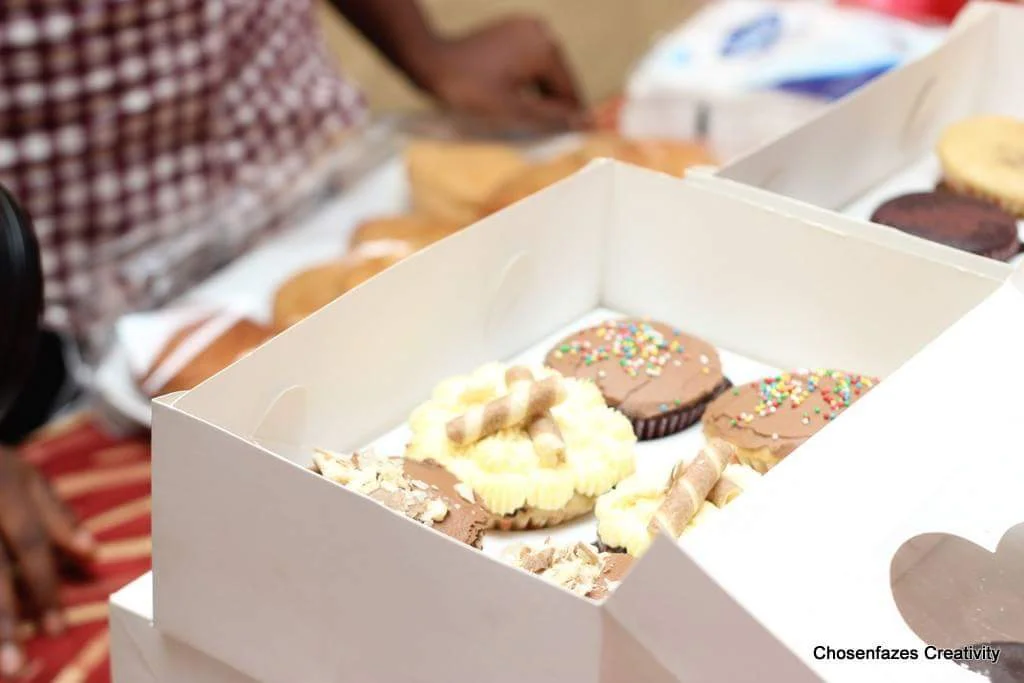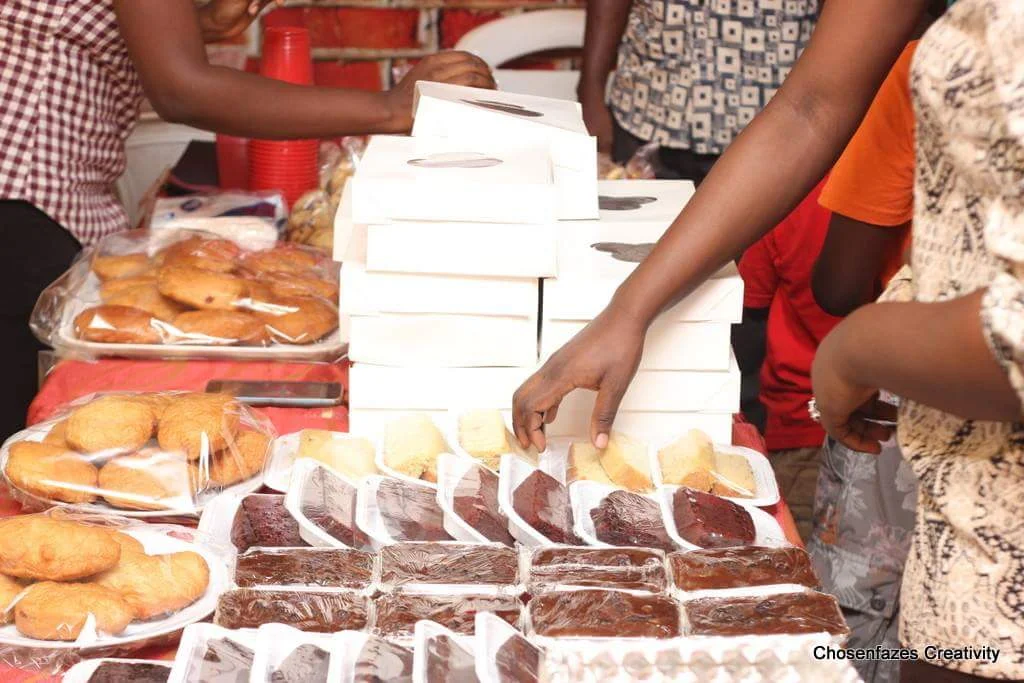“We are clearly seeing a trend now, from 80 million to 108 million, from 108 to 124 million, people literally marching to the brink of starvation around the world”
By Thin Lei Win
ROME, March 22 (Thomson Reuters Foundation) – Conflicts and climate disasters, particularly drought, drove the number of people facing crisis levels of hunger up by about 15 percent last year and the situation is getting worse, a report said on Thursday.
Last year 124 million people in 51 countries faced crisis levels of hunger compared to 108 million people in 48 countries in 2016 and 80 million in 2015, according to the Food Security Information Network (FSIN).
The FSIN is a global project set up to strengthen food and nutrition security information systems that is sponsored by the United Nations’ Food and Agriculture Organization (FAO), the World Food Programme and the International Food Policy Research Institute.
“We are clearly seeing a trend now, from 80 million to 108 million, from 108 to 124 million, people literally marching to the brink of starvation around the world,” said David Beasley, WFP’s executive director.
“We will never address the issues of the day until we end some of these conflicts,” he added at the report’s launch.
The FSIN report said the rising numbers in 2017 were largely due to new or intensified conflicts in Myanmar, north-east Nigeria, the Democratic Republic of Congo, South Sudan and Yemen.
In 2018, “conflict will remain a primary driver of food security”, it said, while severe dry weather is expected to affect crop and livestock production and worsen hunger in many parts of Africa.
Yemen, where a proxy war between a Saudi-led military coalition and the Iran-backed Houthi movement has displaced more than 2 million people since 2015, would remain “the world’s most concerning food crisis”, the report said.
Source: Thomson Reuter Foundation News
























































